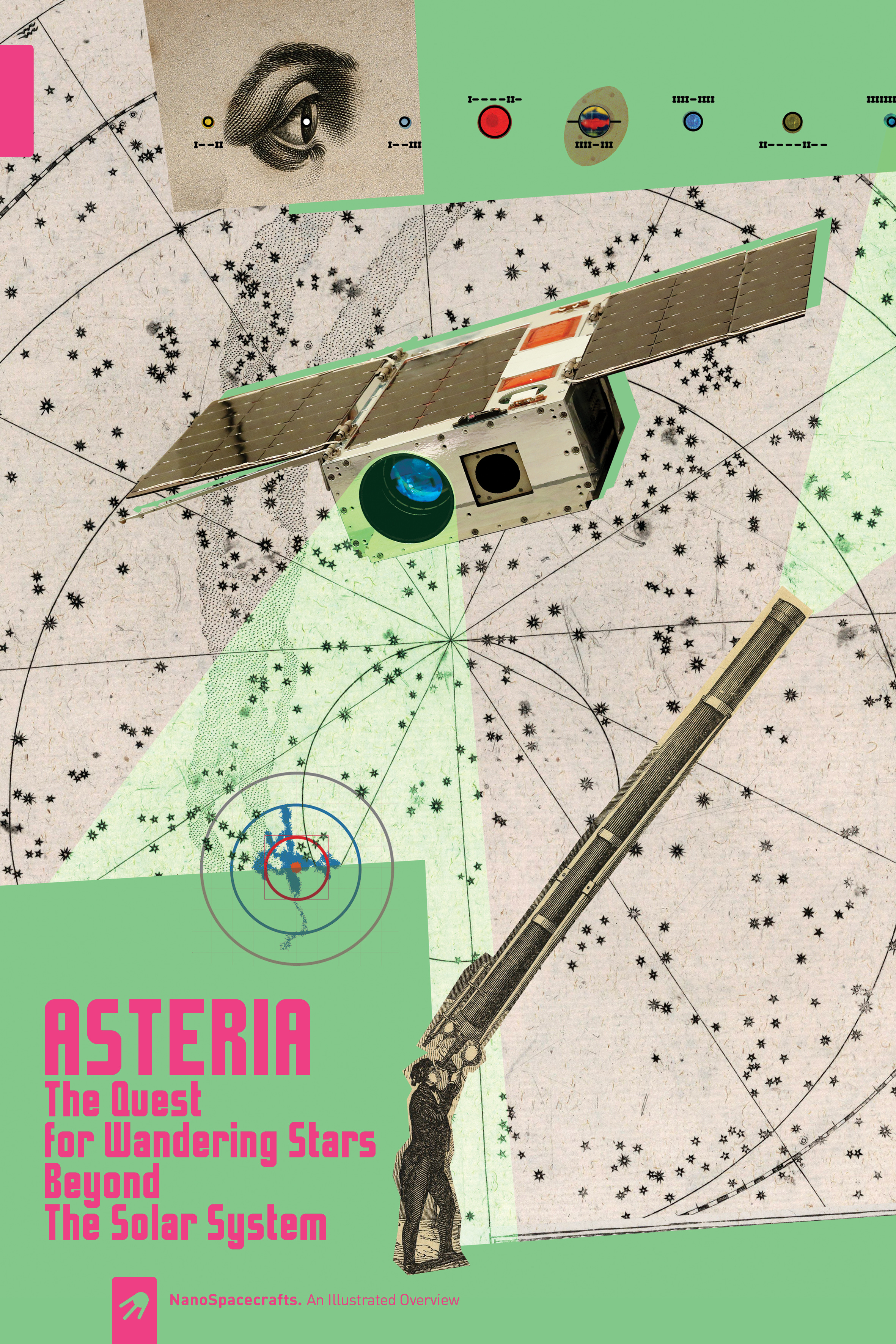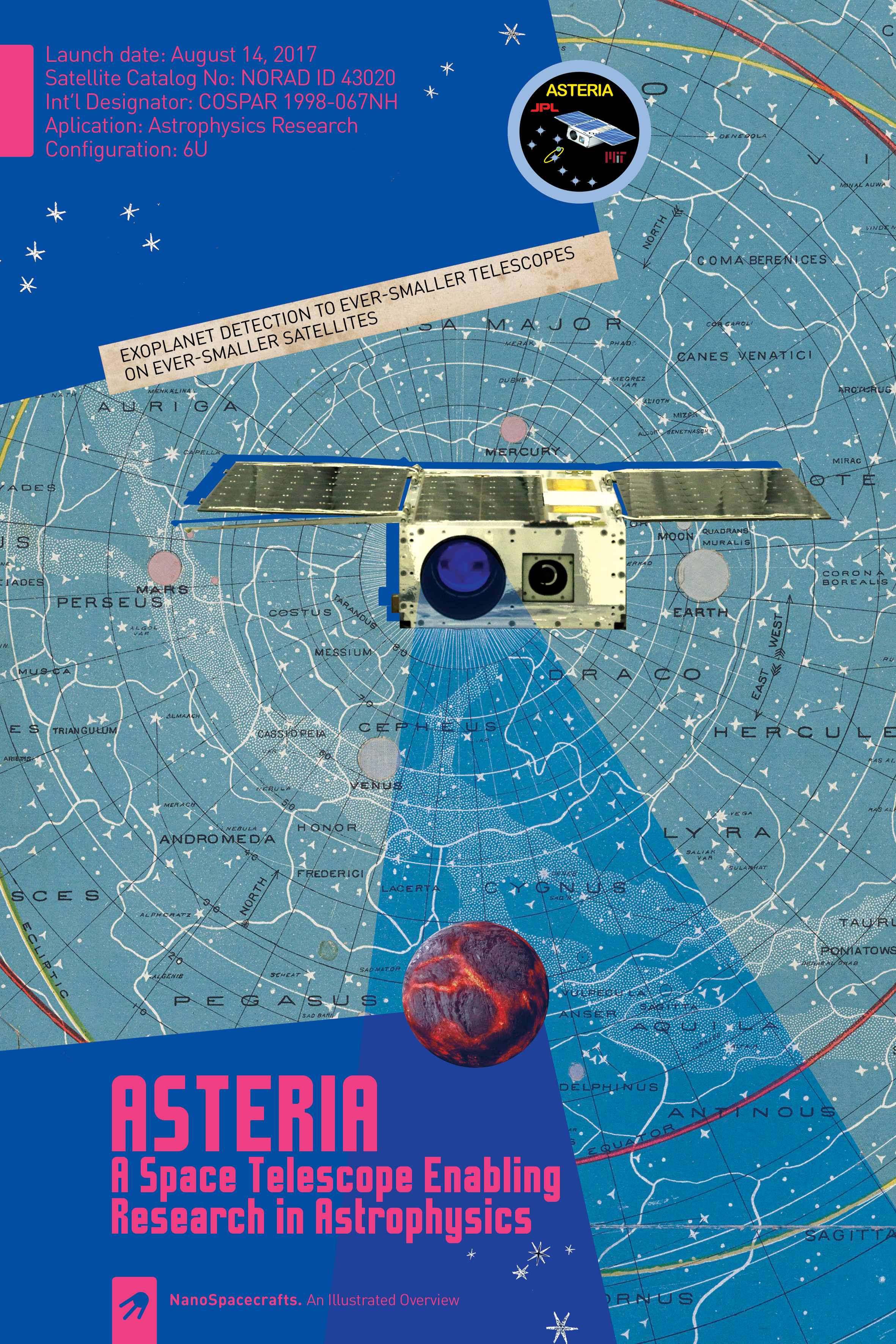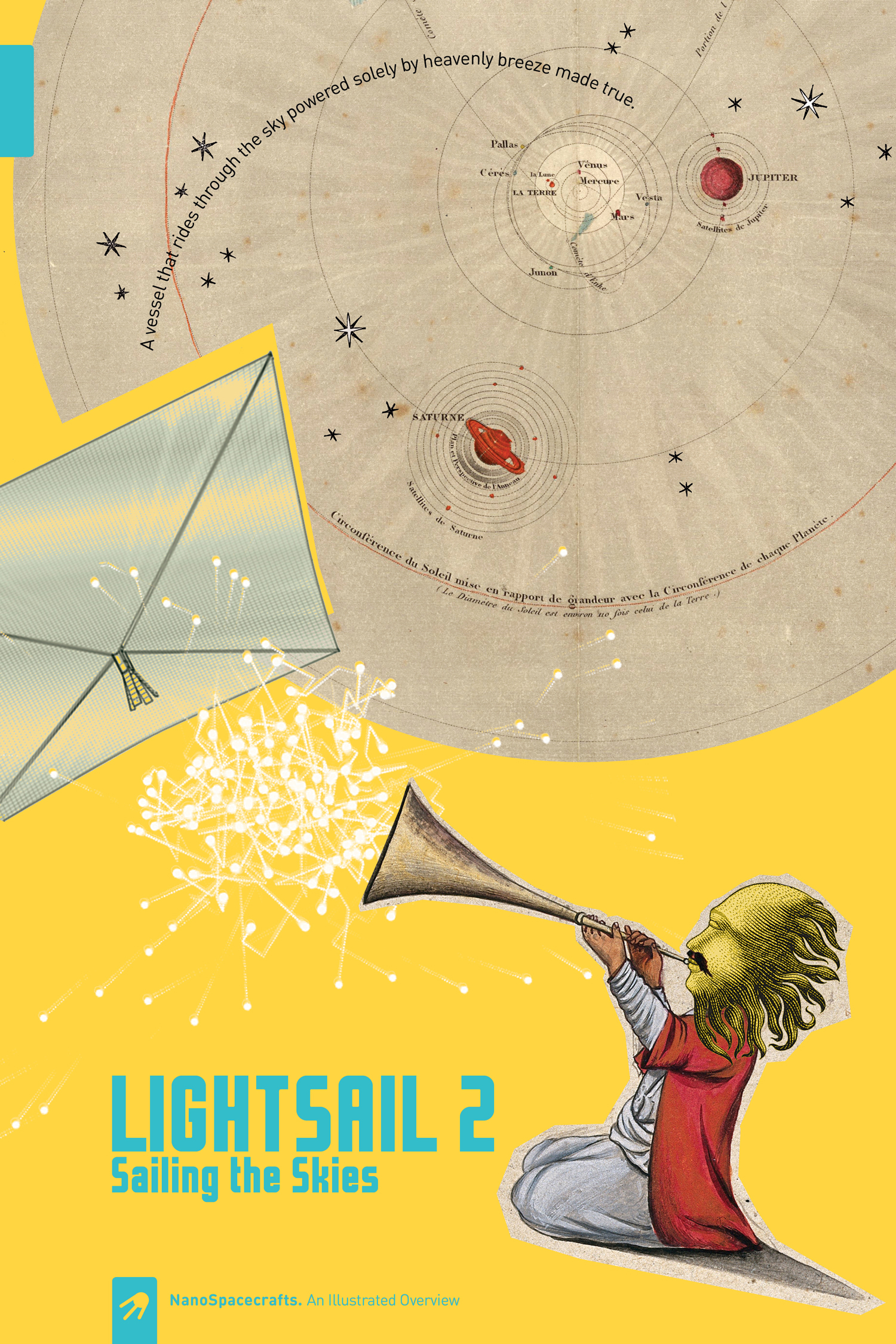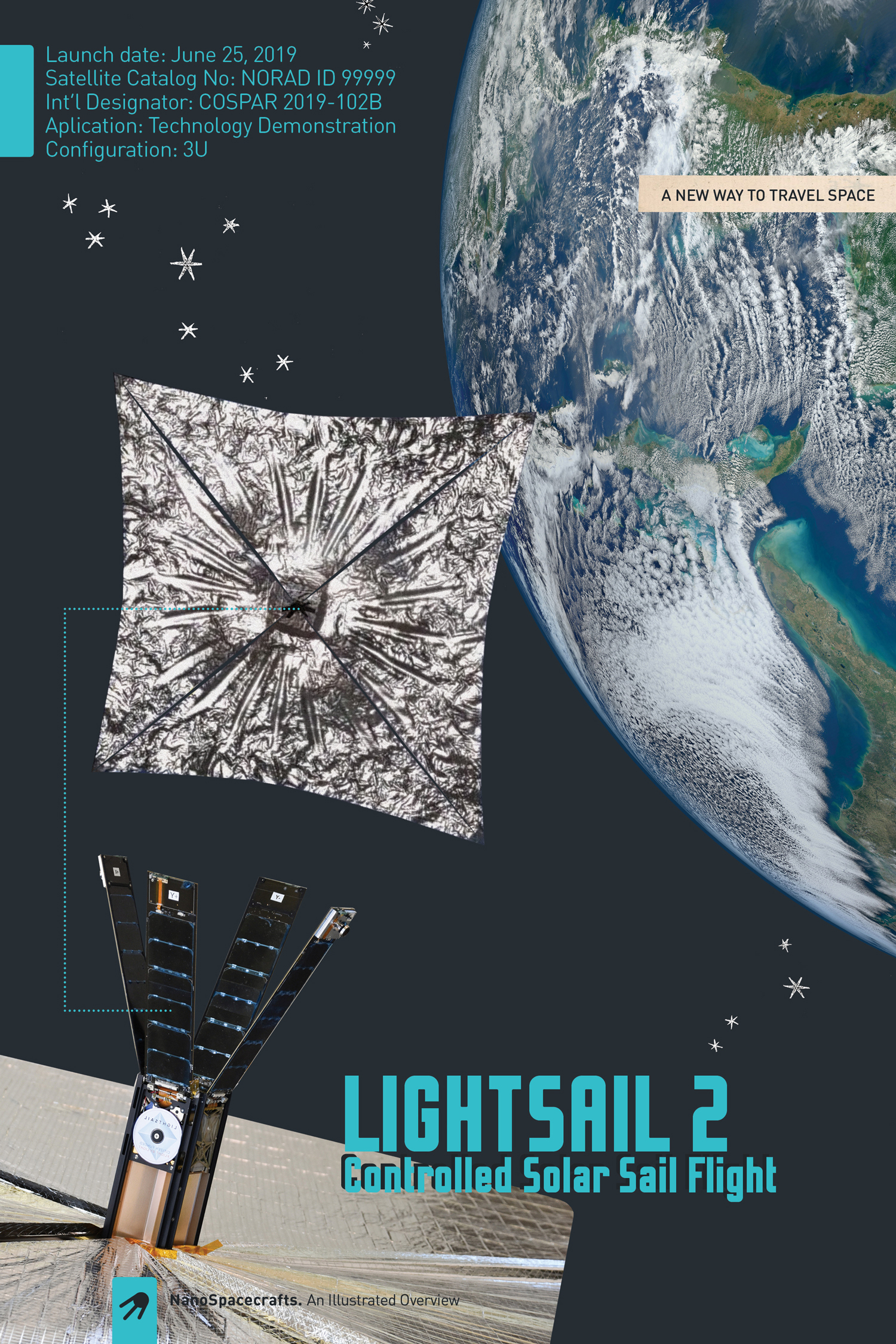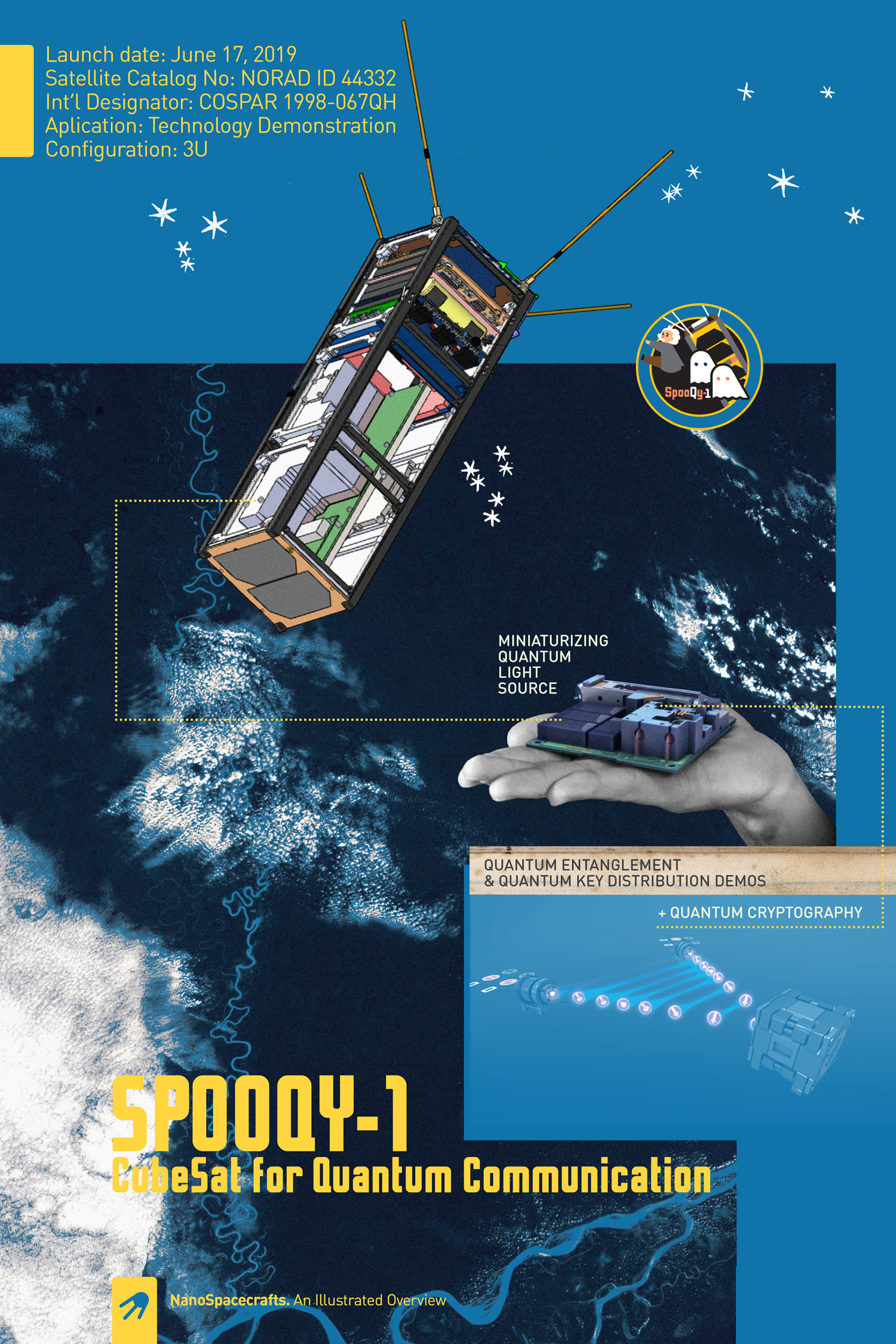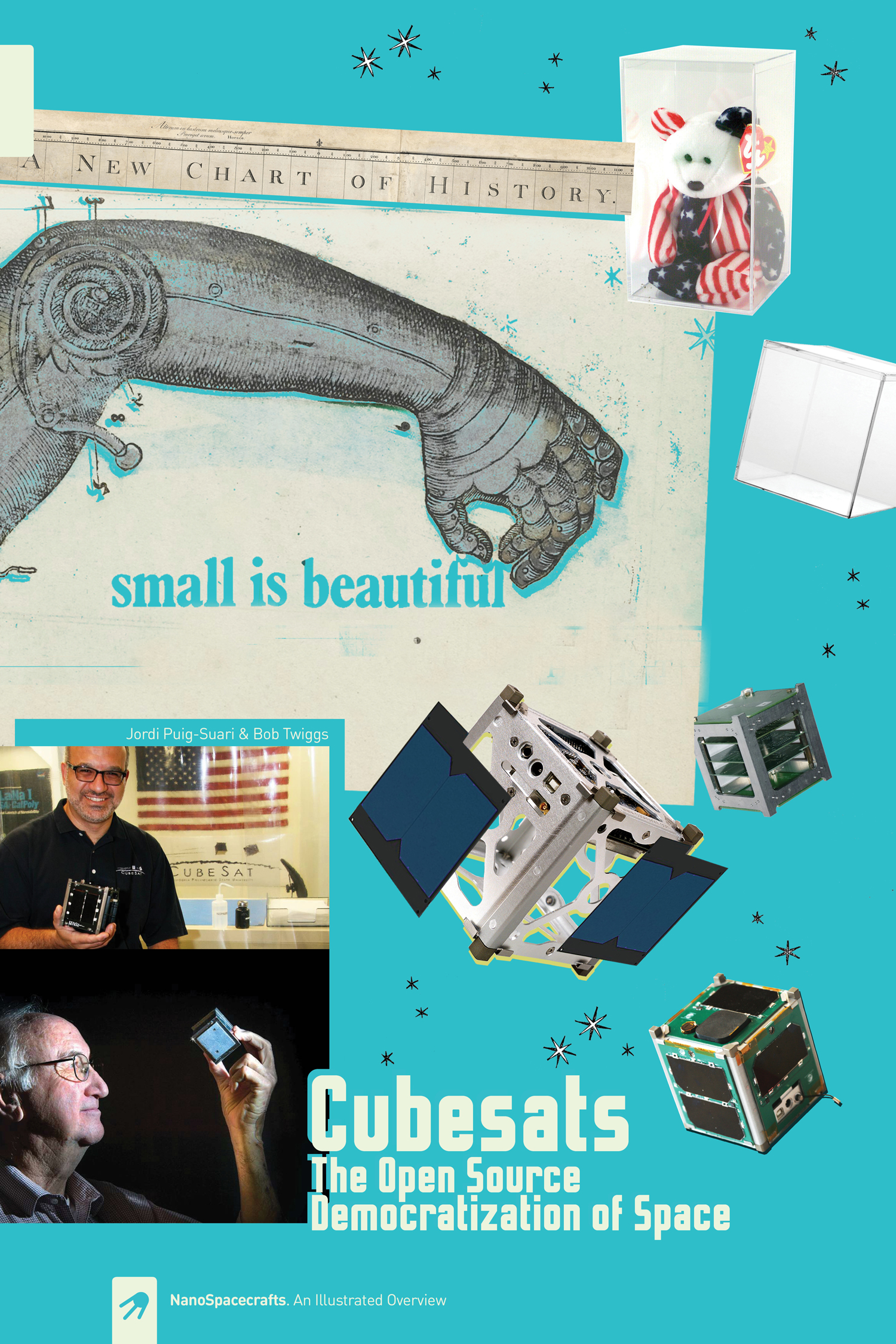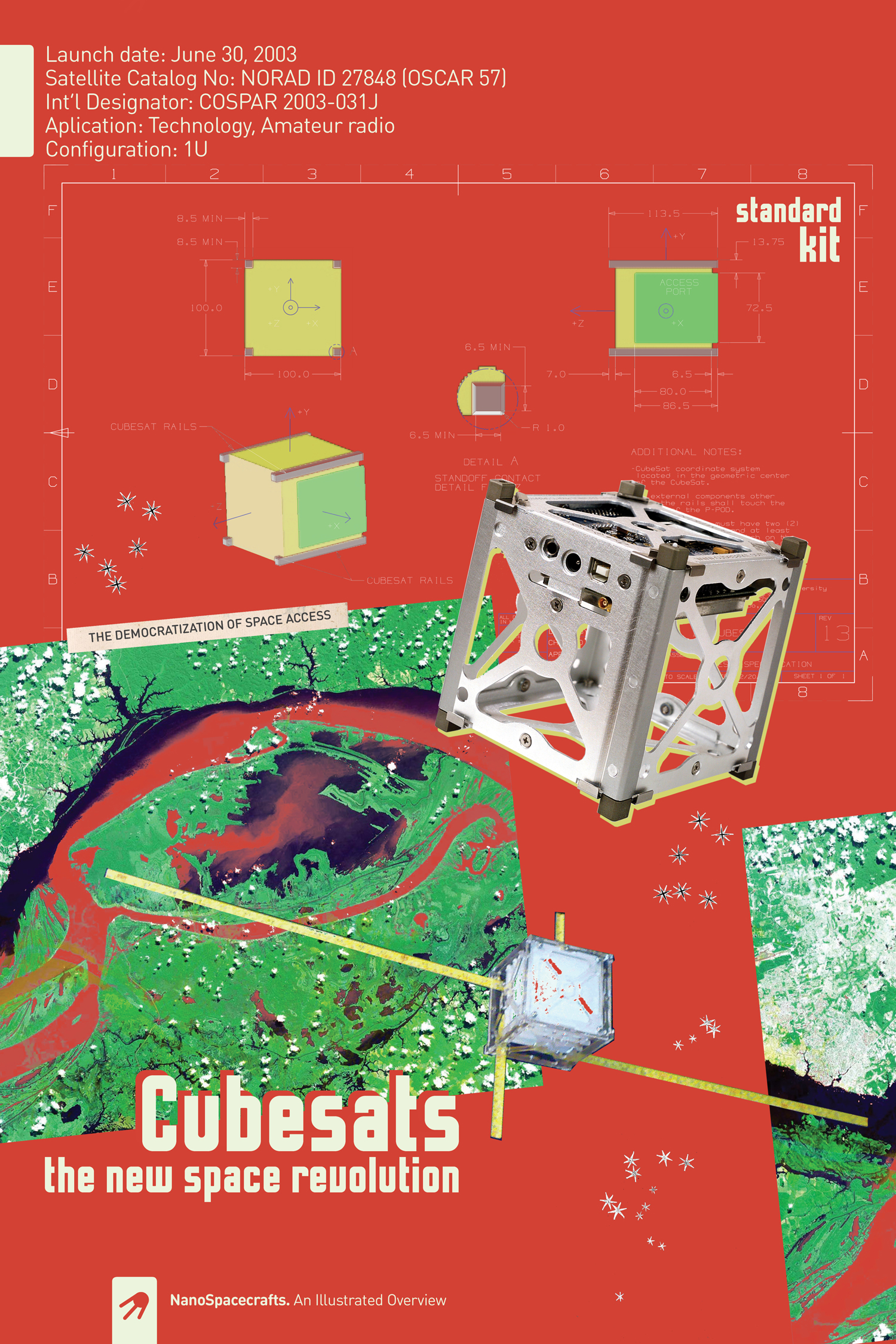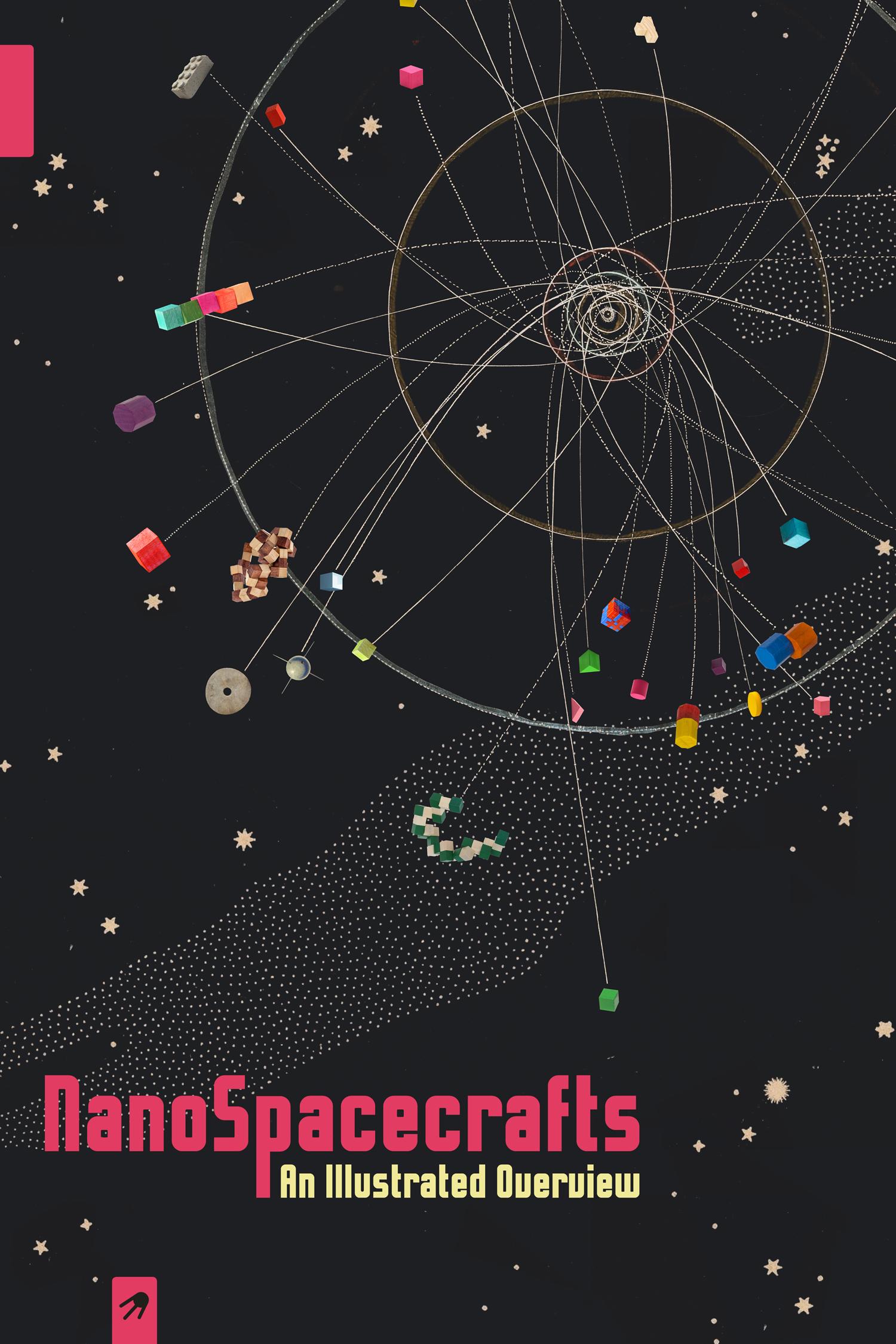
*NanoSpacecrafts. An Illustrated Overview* is an initiative by *theoverview* project, a discovery journey into the new horizons of human species, trying to contribute an overview of our brave new world. theoverview is a cultural project in search of insights to understand and thrive in the times we live in, making sense of an uncertain world. The 10 years ahead of us can be defining of our civilization and our lifes. The 2020s is a make-or-break time. We live in a critical moment in human history. In this context, the evolution of our species towards a spacefaring civilization is our overview.
+
June 30th 2020. theoverview team
NANOSPACECRAFTS. An Illustrated Overview—Presentation
